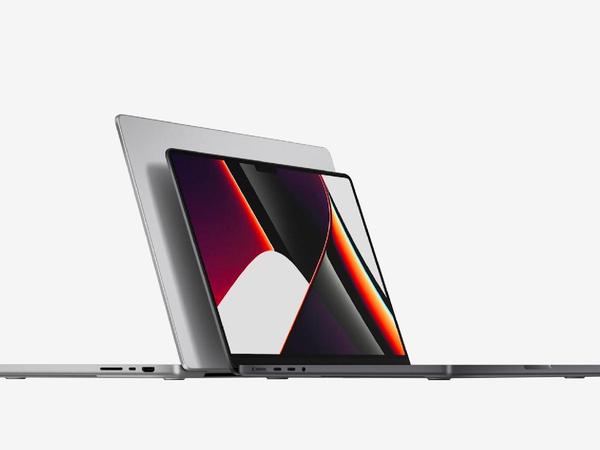Apple gave longtime MacBook Pro owners some good news at its October launch event: the return of several beloved connectivity ports that had previously been stripped out, including the MagSafe charger (no, not like on the iPhone), plus an SD card slot and an HDMI port. The changes amount to a rethinking of what you can do with your Mac, down to the cable you use to juice up its battery.
What's the big deal with a bunch of connection ports? Quite a bit, actually. The ports determine the kinds of cables you can use, and what you can quickly and easily do just by plugging in. For example, plugging into a larger external display monitor, using wired headphones and other devices with a specific jack (without having to buy another dongle or adaptor), and potentially saving yourself from a bruising and embarrassing face plant after tripping on the cord.
The new MacBook Pro -- available in 16-inch and 14-inch models -- run the latest iterations of the M1 processor chip, the M1 Pro and the M1 Max. It also heralds the death of the much-maligned Touch Bar. (Plus, Apple announced three new HomePod Mini colors, the AirPods 3 (order them now) and a new plan for Apple Music subscribers.)
Here's everything you need to know about the new MacBook Pro's ports and connectivity for 2021.
Now playing:Watch this: New MacBook Pro models, are they finally Pro enough?9:43HDMI port
What it does:HDMI ports let you connect displays and TVs to your laptop. That means you can use your MacBook Pro as the computer that powers a giant desktop monitor, or so you can watch movies on your 65-inch living room TV from your laptop.
Where it is:The HDMI port is located on the right side of the MacBook Pro.
The bottom line:The HDMI port is another way to connect external monitors and displays alongside the Thunderbolt 4 ports.
MagSafe 3 (the original, not the iPhone version)
What it does:The MacBook's MagSafe charger uses a magnet to attach to your MacBook for charging. This isn't to be confused with the MagSafe feature on the iPhone, which is for connecting devices like a wireless charger and wallet.

Introduced originally in 2006 -- and phased out in 2015 -- MagSafe will gently pop the charger from the port if there's too much pressure on the cable -- protecting both the cable and port. An example is if your laptop falls off your desk or bed, or if you accidentally trip over the cable. (In that case, MagSafe might protectyou from falling over, too.)
Where it is:You can find the MagSafe 3 charging port on the left side of the MacBook Pro, closest to the Escape key.
The bottom line: Apple previously used a Thunderbolt 4-style charger on its MacBook Pro, but the latest laptop will use a MagSafe 3 charger for easy, fast charging -- about 50% charge in 30 minutes.
Now playing:Watch this: New MacBook Pro: MagSafe returns4:44SDXC card reader
What it does:An SD card slot gives you fast access to media. For example, if you're a photographer, you can insert the SD card from your DSLR camera into the MacBook Pro slot to view your images.
Where it is:The SD card slot is on the right side of the MacBook Pro.
The bottom line:The SD card slot offers another way to quickly access media or add more storage to the laptop. This is considered a more seamless route than other connections, and you won't have to worry about using up your cable ports to transfer images.
See also
Headphone jack
What it does:Headphone ports let you connect external headphones using a cable, rather than wirelessly with Bluetooth. This may be an advantage if you want to use a favorite pair or wired headphones as your main pair or as a backup if your wireless headphones are charging. You can also plug in legacy or specialty gear, like a microphone.
Where it is:You can find the headphone jack on the left side of the MacBook Pro.
The bottom line:With the new MacBook Pro, the headphone jack now supports high-impedance (or more durable) headphones.
Read more: Move over, AirPods 3: Apple reportedly set to launch new Beats Fit Pro earbuds
Thunderbolt 4 ports
What they do: A Thunderbolt 4 cable lets you connect external monitors, USB devices and more. Thunderbolt ports provide enough bandwidth for connecting high-speed devices and make it easier to extend your MacBook's capabilities, especially using high-powered and resource-hungry equipment.
Where it is:You can find two Thunderbolt 4 ports on the left side of the MacBook Pro and one on the right side.
The bottom line:The multiple Thunderbolt 4 ports allow for more connectivity. For example, with the M1 Pro, Apple says you can connect up to two Pro Display XDRs. With the M1 Max chip, Apple says you can connect up to three Pro Display XDRs and a 4K TV simultaneously.








